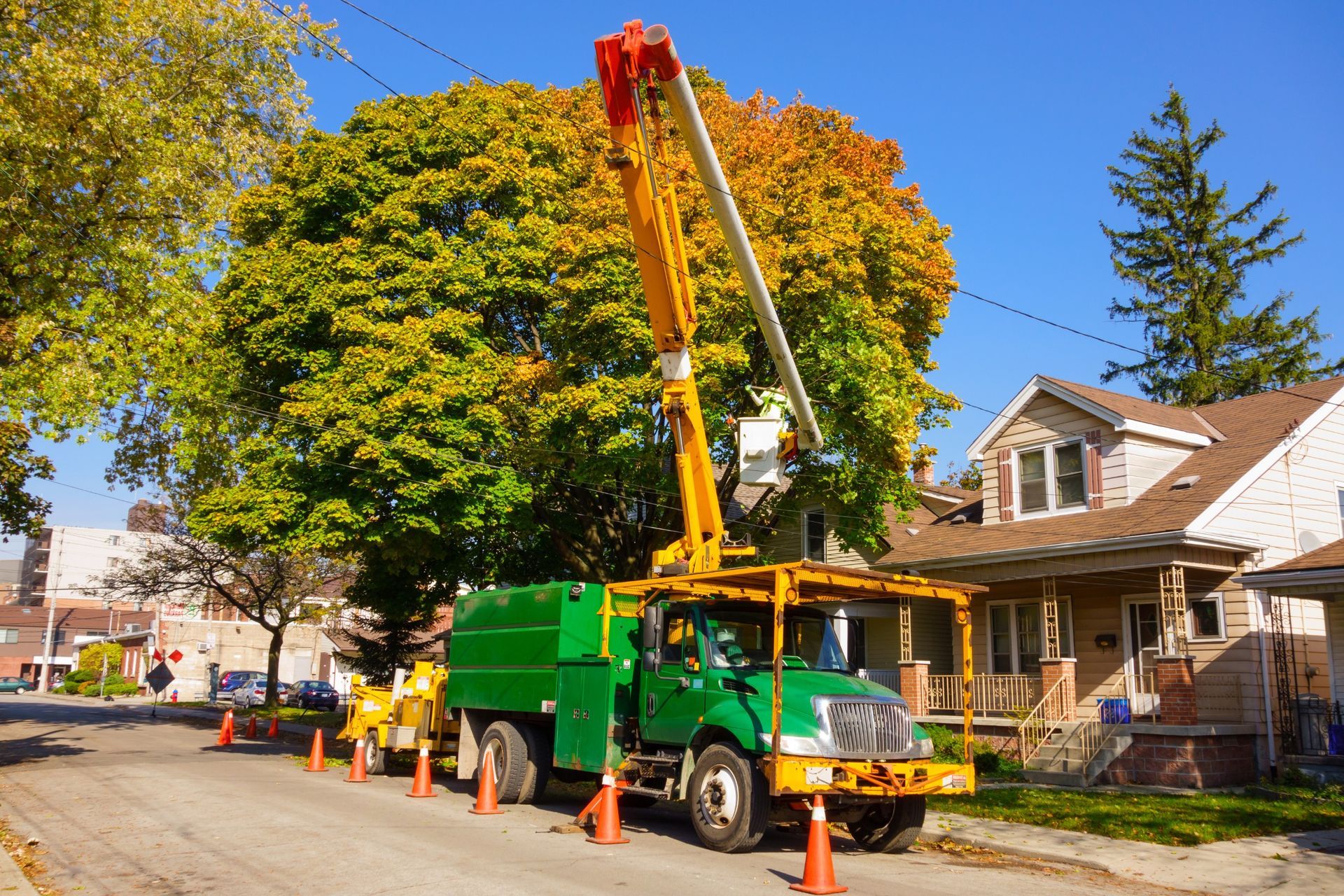Municipal Regulations Governing Tree Preservation and Removal
PUBLISHED ON
SHARE THIS ARTICLE

In South Florida, trees are more than just a part of the scenery; they're vital contributors to the ecological balance, local beauty, and environmental health. Preserving these leafy giants isn't only a matter of aesthetic value but also crucial for maintaining air quality, providing natural habitats for wildlife, and reducing the impact of global warming.
Municipalities in the region have recognized this importance and have responded with thoughtful regulations aimed at tree preservation and stipulating guidelines for the removal of trees. These laws balance the growth of urban developments with ecological sustainability, ensuring that the verdant charm of South Florida is protected for future generations.
Join us as we dive into the specifics of these regulations and explore the pivotal role they play in safeguarding the botanical treasures of this sun-kissed region.
South Florida's Unique Natural Landscape
South Florida's lush landscapes are adorned with a myriad of trees and plant species that create a vibrant tapestry of greenery. From the majestic Royal Palm to the coastal Mangrove forests, each species plays a critical role in sustaining the local ecosystem.
The region's biodiversity includes native species like the Gumbo Limbo, often referred to as the 'tourist tree' for its red, peeling bark, and the resilient Saw Palmetto, alongside an array of flowering plants and shrubs.
The relentless march of urbanization threatens this delicate balance, making preservation efforts crucial. Protecting these natural habitats is essential for maintaining biodiversity, ensuring that South Florida's unique environmental heritage continues to thrive and enchant both residents and visitors alike.
Municipal Regulations for Tree Preservation
Municipalities in South Florida enforce rigorous regulations and ordinances requiring residents to obtain permits for tree removal or significant pruning of trees.
Permits are essential to ensure that the felling or alteration of a tree is justified and conducted safely, adhering to local guidelines designed to minimize ecological disarray. For instance, in Miami-Dade County, homeowners must submit an application that includes the tree's species, size, condition, as well as the reason for removal.
Furthermore, the county may mandate a permit for pruning more than 25% of a tree's canopy. Additionally, having trees removed is often restricted during nesting seasons to protect local wildlife. Penalties for non-compliance can include fines or compulsory contributions to a tree trust fund.
Tree planting or replacement trees with native species is also encouraged, promoting the persistence of the indigenous flora of the region or zone and contributing to a sustainable future.
Environmental Benefits of Tree Preservation
Trees are integral to our environment, acting as natural air filters. Through photosynthesis, they absorb carbon dioxide—a principal greenhouse gas—and emit oxygen, essential for human life. They play a vital role in improving air quality by trapping pollutants and airborne particles on their leaves and bark.
Moreover, trees contribute to urban temperature regulation by providing shade and releasing water vapor through their leaves, creating microclimates that can significantly reduce energy consumption for cooling needs. Biodiversity thrives in healthy tree-rich areas, with various species relying on trees for food and shelter.
The preservation of trees is fundamental in combatting the effects of climate change, as their carbon storage capabilities help mitigate the increasing levels of CO2 in the atmosphere.
Challenges and Controversies
The intersection of development and tree conservation in South Florida frequently stirs controversy, as economic interests clash with environmental stewardship.
Rapid urban expansion often prioritizes immediate growth over long-term ecological health, leading to contentious debates regarding land use.
Tree preservationists argue that indiscriminate clearing for real estate projects not only disrupts habitats but also diminishes the quality of life. Meanwhile, developers contend that regulatory constraints impede progress and economic opportunity.
Striking a balance between these priorities remains a challenge, with public policy and community initiatives at the forefront of finding equitable solutions that honor both economic aspirations and the environmental legacy of the region.
Community Involvement and Education
Community involvement is pivotal in bolstering tree protection and preservation efforts. Every resident can play a role, whether by participating in local plantings, advocating for protective legislation, or supporting organizations devoted to conservation.
It's vital to educate communities about the manifold benefits of trees, extending beyond beauty to include enhancing air quality, supporting wildlife, and offsetting climate change effects.
When residents appreciate the multifaceted value of our leafy sentinels, they are more likely to stand in their defense. Thus, fostering a culture of knowledge and respect for our arboreal allies is essential for safeguarding the emerald canopies that grace our neighborhoods.
Protect Trees for a Greener Future
Municipal regulations in South Florida are not mere red tape but vital safeguards for our cherished green spaces. Compliance with these guidelines ensures the longevity of vital ecosystems amidst urban sprawl. To play your part in this critical mission, engage with local tree preservation initiatives.
If in doubt, consult our arborist or other environmental experts who can guide responsible stewardship. Your involvement is a step towards nurturing and passing on a verdant legacy to future generations. Act now to protect our urban canopy!
Want a free quote or some friendly advice? Call our team today:






